By: Jasmine Ferreira
Nishiarai Daishi is a unique temple in Tokyo, Japan, that was built in 826 CE. The temple is said to have been founded by a famous Buddhist monk named Kukai, also known as Kobo Daishi. Kukai had a strong connection to the temple’s main deity, Kannon, who is also known as Avalokitésvara. One of the rituals that Nishiarai Daishi offers is called yaku yoke, based on the Chinese traditional calendar. Yaku yoke translates to “warding off evil” or “protecting from misfortune,” so many people come to seek protection, good luck, and healing in their lives.
The traditional Chinese calendar combines ten Heavenly Stems and twelve Earthly Branches to create a 60-year cycle. This system is used for ritual calendars, fortune-telling, and naming. The Heavenly Stems represent the Five Elements (Wood, Fire, Earth, Metal, Water), and the Earthly Branches are the animals of the Chinese zodiac. Each year is defined by a combination of a Heavenly Stem and an Earthly Branch. Chinese Stems and Branches are important for finding lucky dates and making astrological predictions about health and other aspects of live.
Another important aspect of the temple is its healing ceremonies known as goma rituals. These ceremonies are meant to help people with their health, both physically and spiritually. They involve burning sticks and offerings in a sacred fire pit to purify the environment and invoke blessings. It’s a practice where participants chant, make offerings, and feel a sense of spiritual unity. The fire symbolizes the cycle of life, death, and rebirth, making goma rituals a deeply symbolic experience.
One thing you’ll notice when you visit Nishiarai Daishi is the many Jizo statues. People come to these statues to pray for their health and to find comfort in times of illness. These statues are dedicated to various purposes related to health and healing. There’s a special one called Mizuko (“water child”) Jizo, who is a cherished figure in Japanese Buddhism who watches over the souls of unborn and deceased children. Often depicted as a small stone statue, Jizo offers comfort and protection to these young spirits. People often leave offerings, like small clothing items, to ensure these children find peace in the afterlife. Mizuko Jizo plays an important role in helping grieving families cope with the loss of their children and holds a special place in Japanese culture.
Elsewhere on the temple grounds, a Jizo for long life provides a place for individuals to express their hopes and desires for a fulfilling and extended existence. The practice of praying to and making offerings to Jizo reflects the temple’s role as a spiritual center for various aspects of life. A common belief is that ten blessings are granted by the Jizo when water is poured on it, especially the blessing of living longer. There is also a Jizo statue at the temple that is covered with salt. People with warts and other skin conditions come here to pray and take salt with them to put on their skin. If your troubles disappear, you should come back with twice the amount of salt that you previously took. In summary, Nishiarai Daishi stands as a testament to the power of faith and tradition, and remains a cherished destination for healing in Tokyo.
Media
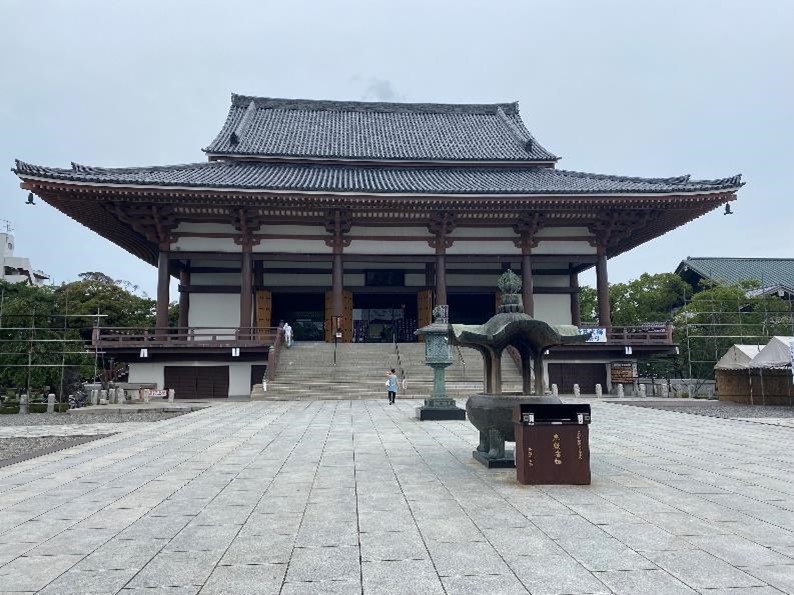
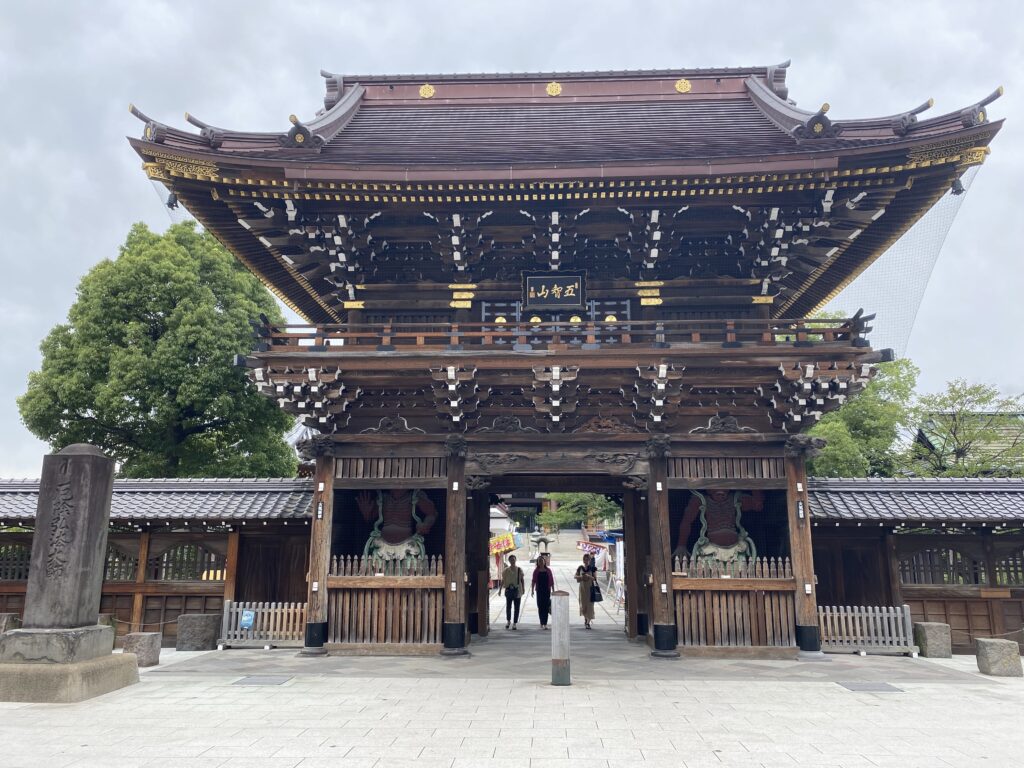
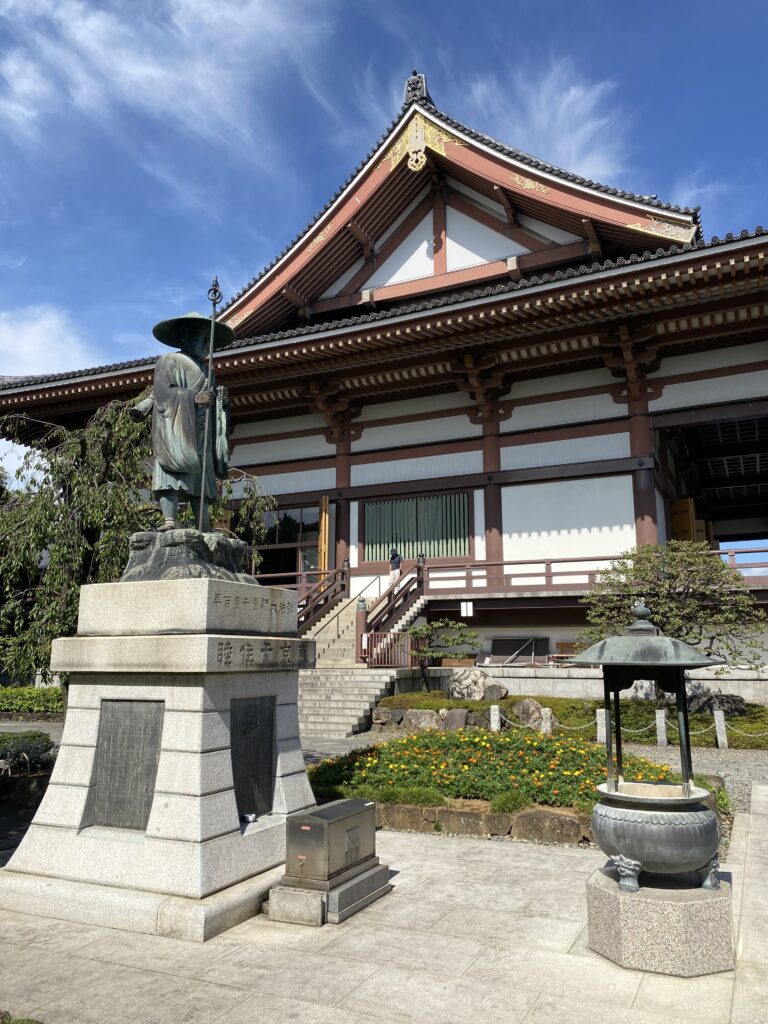
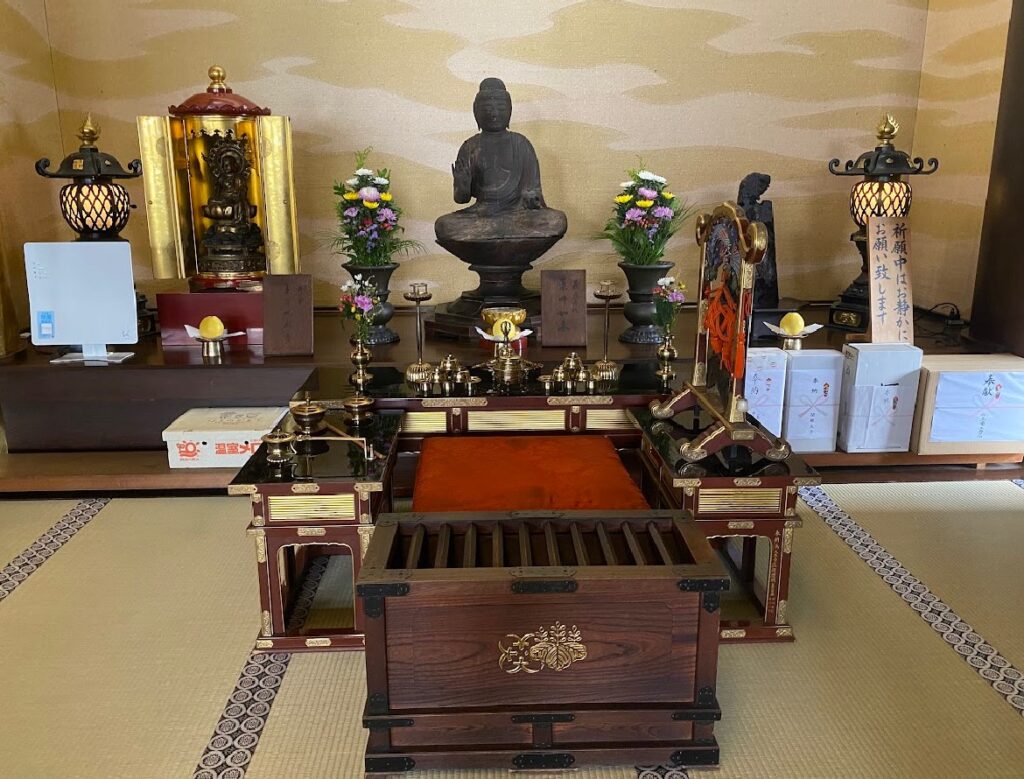
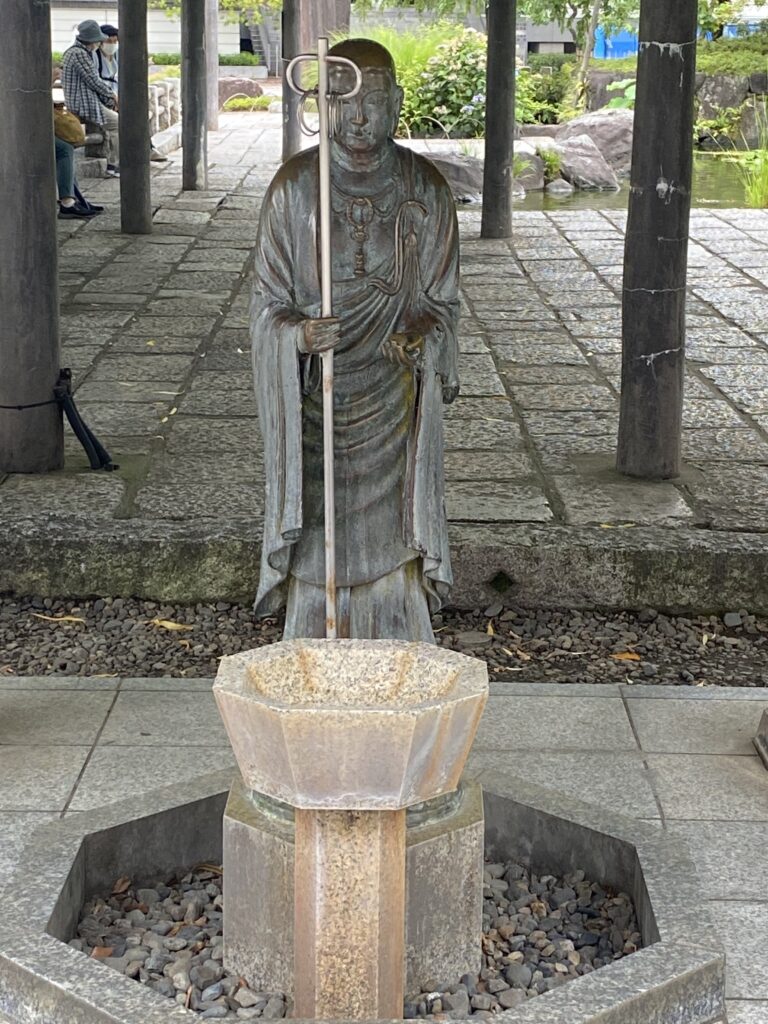
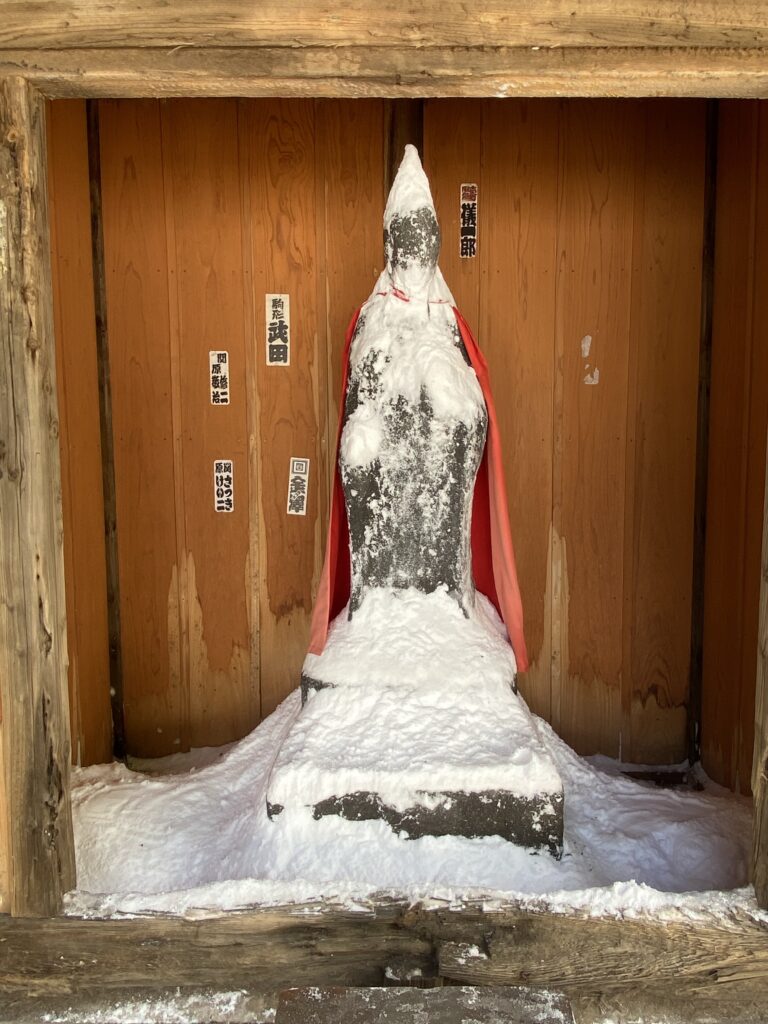
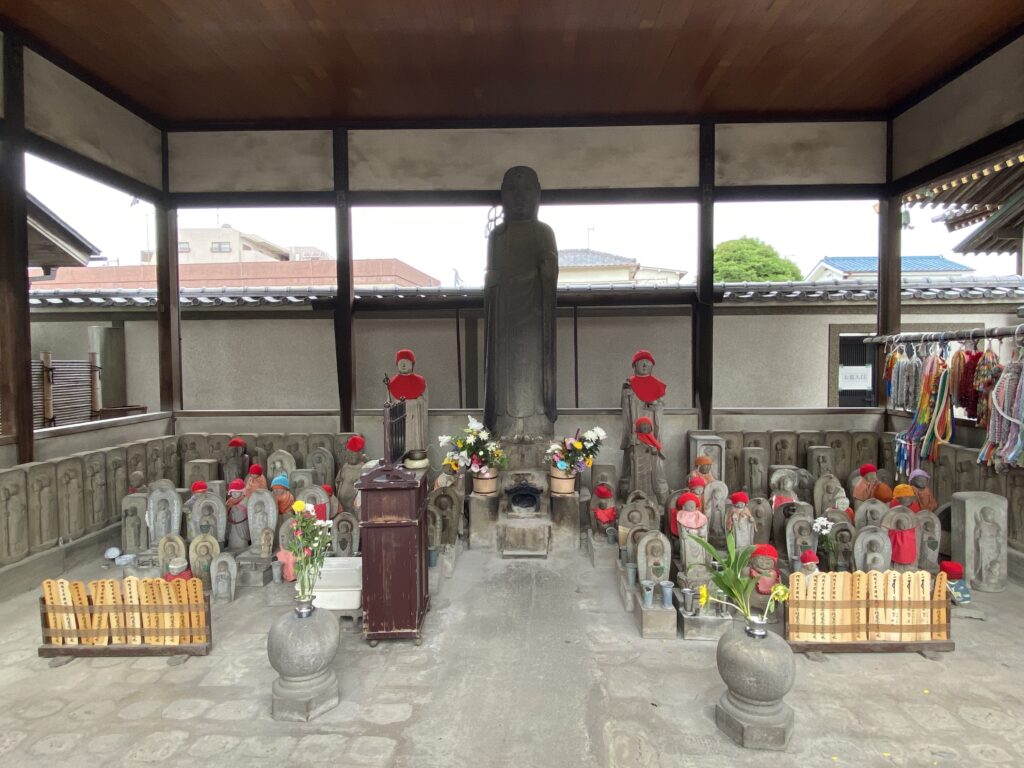
VR Tour
Click here to view the accessible version of this interactive content
Scholarly Sources
- Bays, Jan. Jizo Bodhisattva: Modern Healing & Traditional Buddhist Practice. Tuttle Publishing, 2002.
- Macomber, Andrew. “Buddhism and Medicine in Premodern Japan.” Oxford Research Encyclopedia of Religion. Oxford University Press, 2022.
- Moto-Sanchez, Milla Micka. “Jizō, Healing Rituals, and Women in Japan.” Japanese Journal of Religious Studies, vol. 43, no. 2. JSTOR, 2016.
- Payne, Richard K. “Homa: Tantric Fire Ritual.” Oxford Research Encyclopedia of Religion. Oxford University Press, 2016.
- Proffitt, Aaron. “Shingon.” Oxford Research Encyclopedia of Religion. Oxford University Press, 2022.
- Rambelli, Fabio. “Buddhism and Shinto.” Oxford Research Encyclopedia of Religion. Oxford University Press, 2018.
- Yü, Chün-fang. “Avalokiteśvara: The Bodhisattva of Compassion.” Oxford Research Encyclopedia of Religion. Oxford University Press, 2016.
